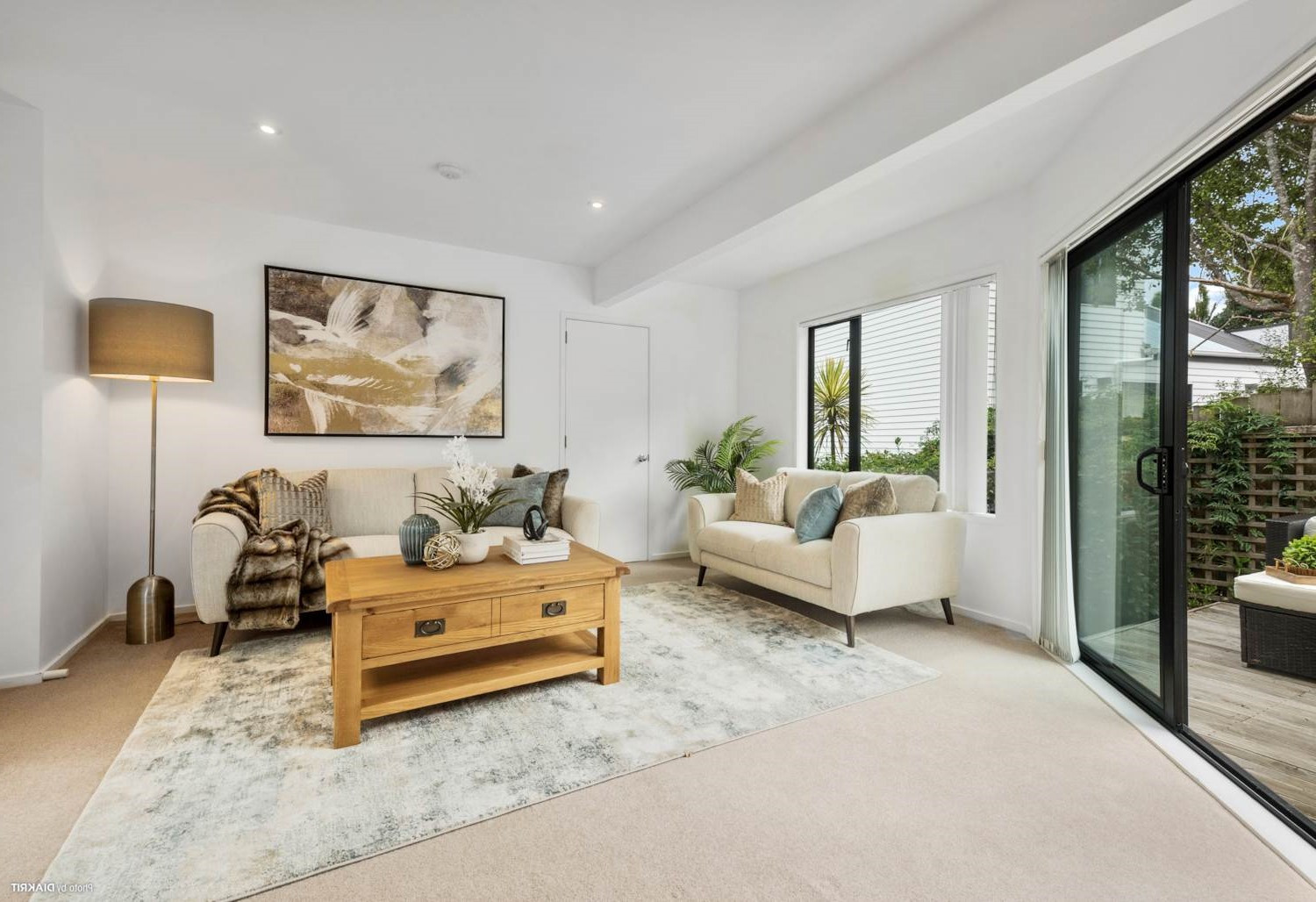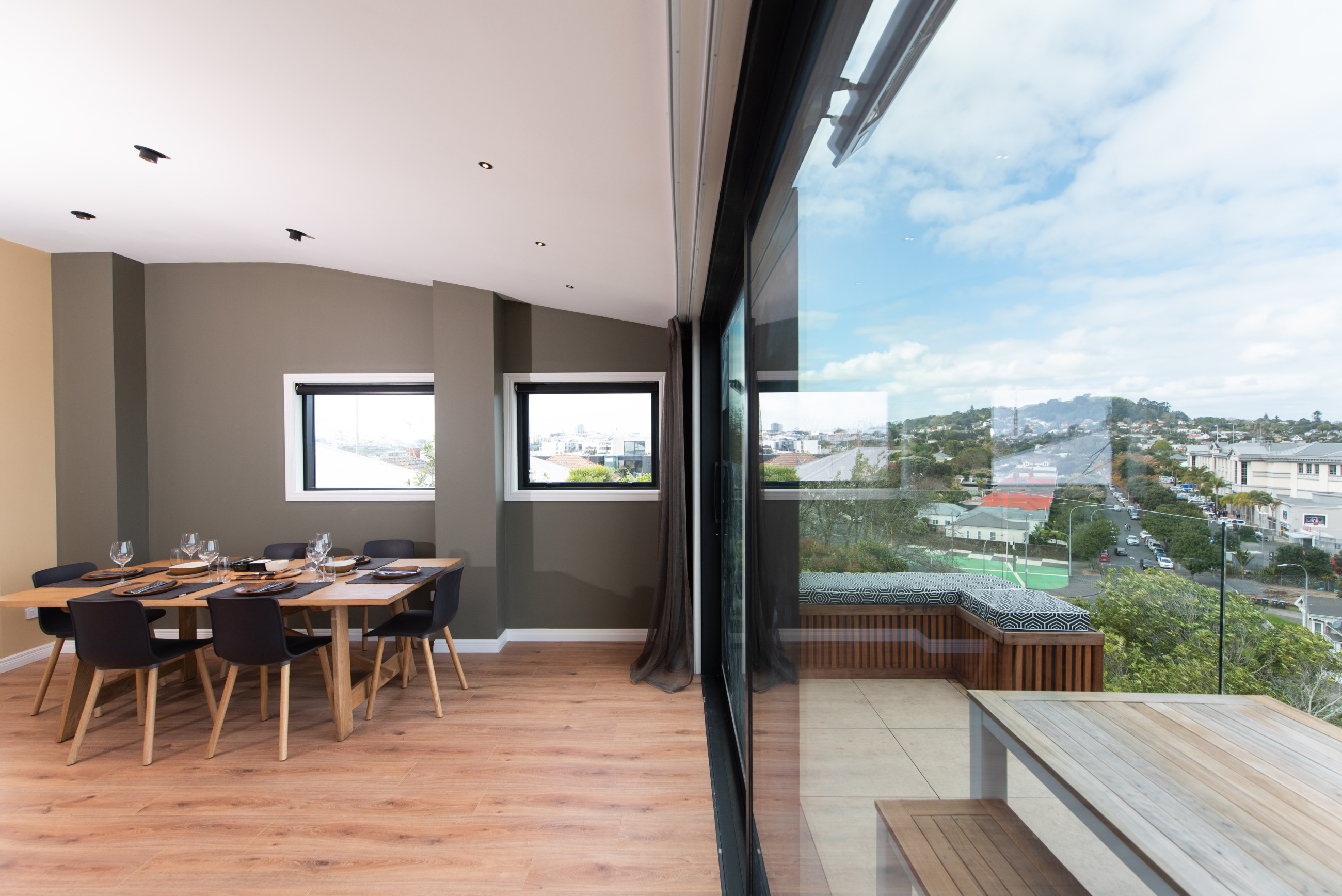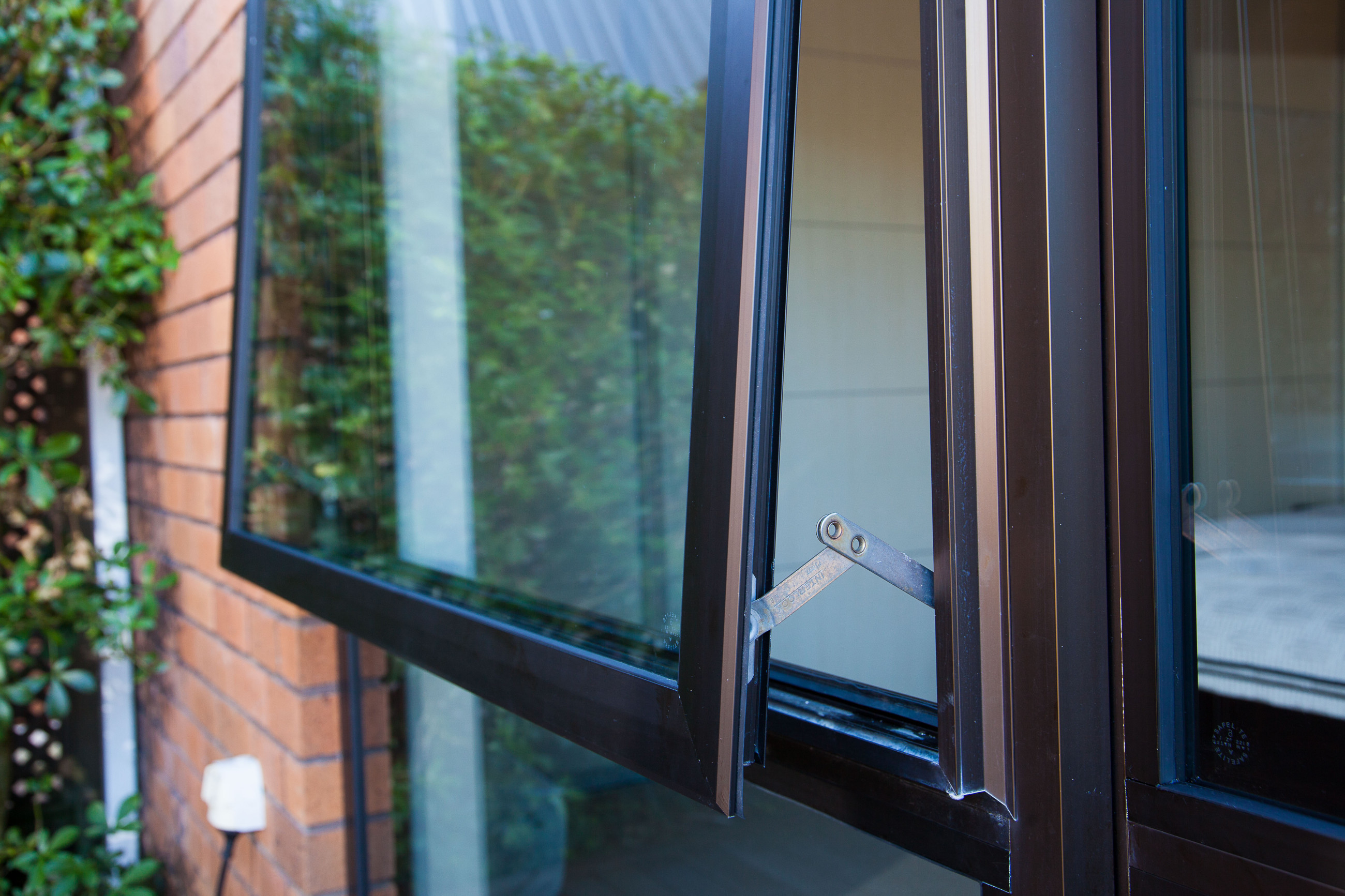
What are the H1 changes in the building code and how does it affect homeowners?
H1 building code
Changes to the NZ Building Code regarding the energy efficiency of our homes were announced in 2021 and all changes will take effect by November 2023.
When the H1 changes were announced, some of the public and construction industry responses were along the lines of “Why? It’s too expensive, it’s unnecessary, what’s wrong with our houses at the moment?”
My response was “at last.” Building better houses in NZ is long overdue. I sense that public awareness of what it is like to live in a home that is, warm, dry and comfortable rather than the cold, damp and draughty ones many of us have experienced is growing as more of us want the opportunity to spend time in a dwelling that is actually looking after us.
Glazing has always been a key component in achieving an effective thermal envelope and the benefits of Low E double glazing specifically are well researched and proven. Over my 30 plus years in the building industry, it has been fascinating to see the progress of Low E double glazing from somewhat rare and unknown to being recognised for its essential role in creating more energy efficient homes.
Metro Performance Glass have taken a leading role in the development and manufacture of Low E double glazing and the below information offers a great insight into the links between double glazing and the H1 changes.

What is wrong with my windows?
According to MBIE’s Consultation Document, windows lose the most heat (between 35% to 50%) and have a much lower thermal performance than insulated roofs, walls, or floors. They also cause a house to heat up in the summer when the sun shines through them. Because of this, the performance of windows can significantly affect the energy performance of a building for heating and cooling. See illustration below.
 Illustration from MBIE Consultation Document Building Code 2023.pdf
Illustration from MBIE Consultation Document Building Code 2023.pdf
What is retrofit double glazing?
Retrofit double glazing is the process of replacing your existing single glazing with new energy efficient double glazed units using your existing joinery. The process is quick and unobtrusive. What you achieve is a comfortable and healthier internal environment.

When looking out through Low E (low emissivity) glass the virtually invisible high-tech coating, lets light into your home, while reflecting heat. It improves double and triple glazing to further insulate your home in winter and may help to keep your home cooler in summer depending on which Low E option you select.
The protective, advanced coating on Low E glass effectively forms a barrier, reflecting heat back from the glass to reduce heat loss effectively during winter, Low E glass reflects heat back into the room, so less heat is lost through the windows.
Through better heat retention, Low E glass reduces the chances of internal condensation.
Low E double and triple glazing performance is improved with the addition of a thermal spacer and gas infill.
High performance Low E double glazing is so good at reducing heat loss, it provides performance levels greater than triple glazing using only clear glass.
RetroFit Double Glazing by Metro Glass can install on both existing timber or aluminium frames. In most cases, they can colour match to existing window frames to suit your existing joinery. However, due to the effects of UV or weather fading or the anodising process, an exact colour match is not always possible.
Resident Builder Peter Wolfkamp
Read more blogs
Summer Holiday Closure: 19 December 2025 – 12 January 2026
Retrofit will be closed for the summer break from midday Friday 19 December 2025 and will reopen Monday 12 January 2026. Wishing you a safe, relaxing and enjoyable holiday season!
Promotion - FREE upgrade on your retrofit double glazing, plus get 5% discount!
Plus enjoy flexible payment options to make it even easier to upgrade your home. Find out more HERE or 👉 Click here to get your free quote and claim your offer. Use code: FREEUPGRADE26. Terms apply.


